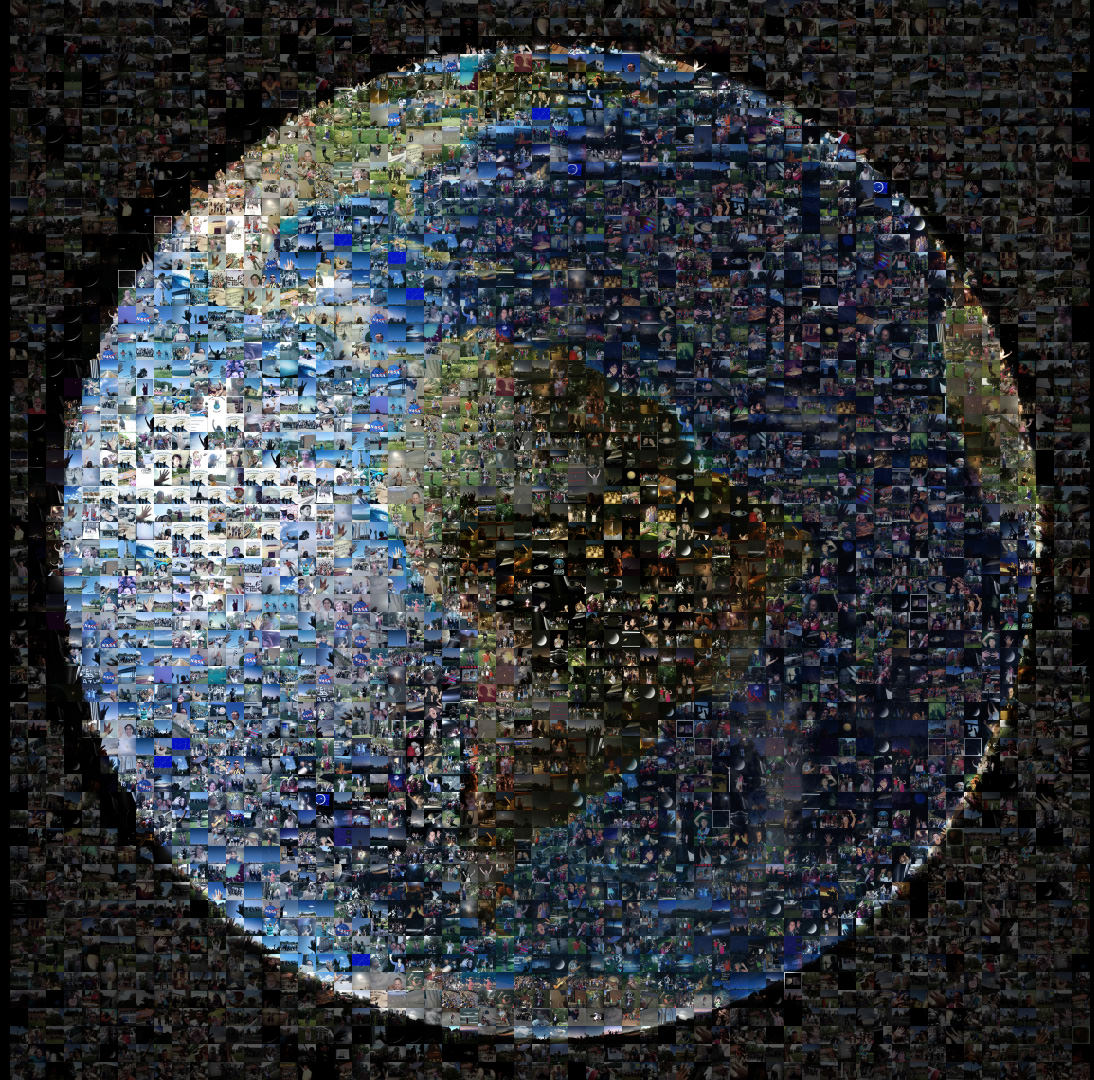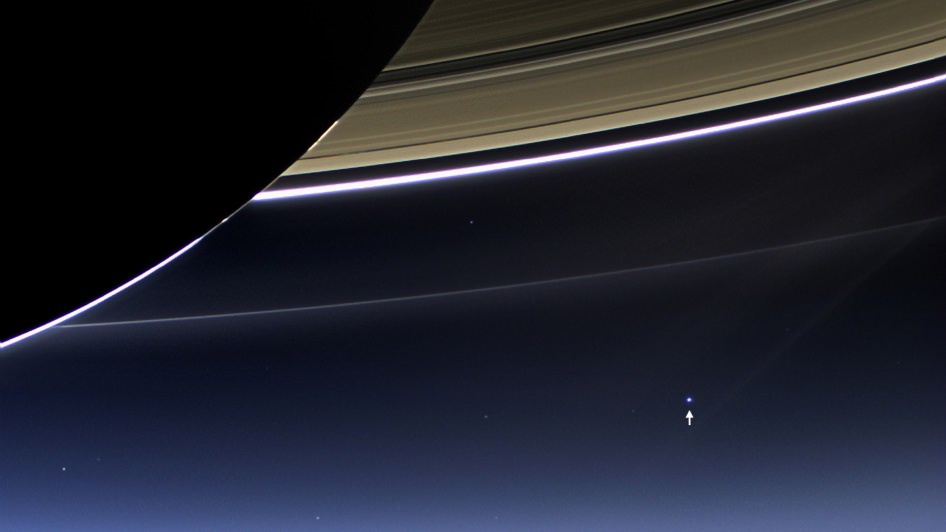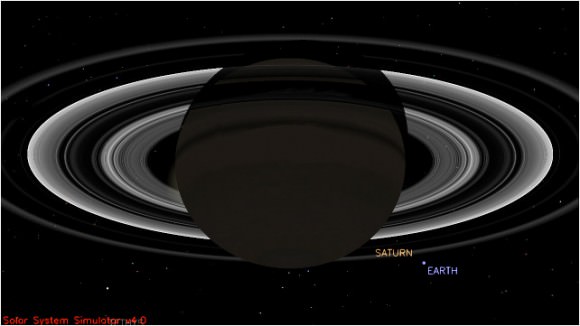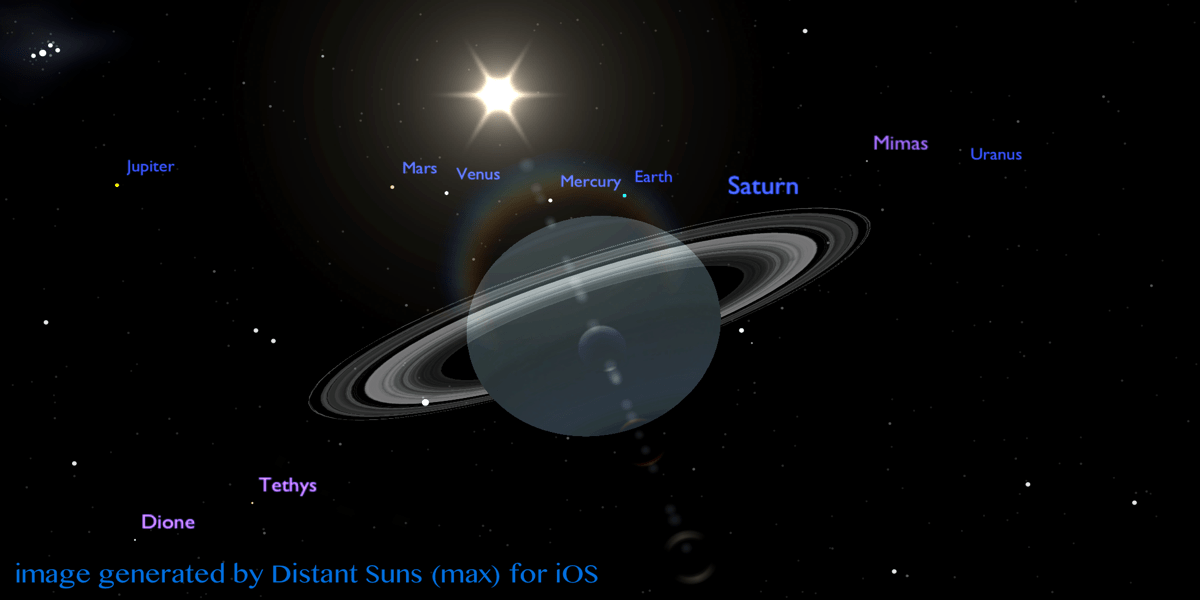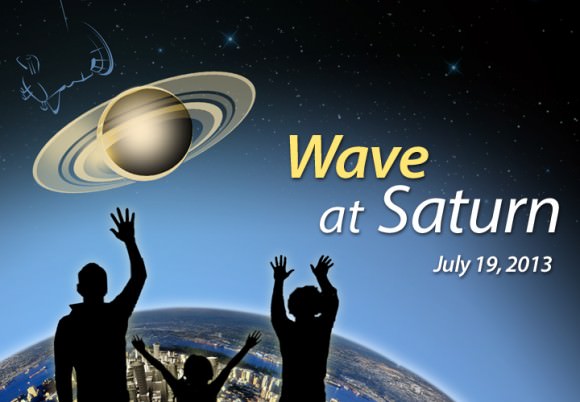Earth Waves at Saturn and Cassini on July 19, 2013
From more than 40 countries and 30 U.S. states, people around the world shared more than 1,400 images of themselves as part of the Wave at Saturn event organized by NASA’s Cassini mission on July 19, 2013. The Cassini team created this image collage as a tribute to the people of Earth
Credit: NASA/JPL-Caltech/People of Earth
See link below to the absolutely gigantic full resolution version [/caption]
On July 19, millions of Earthlings worldwide participated in NASA’s ‘Wave at Saturn’ campaign as the NASA Cassini Saturn orbiter turned about and imaged all of us.
Earthlings from 40 countries and 30 U.S. states heeded NASA’s call to photograph themselves while smiling and waving at Saturn and Cassini across 1 billion miles of interplanetary space and shared over 1400 images.
The results of all those images has now been assembled into a fabulous collage in the shape of our planet and released today (Aug. 21) by NASA and the Cassini team as a tribute to the People of Earth.
“Did you wave at Saturn and send us your photo? Then here’s looking at you!” NASA announced on the Cassini Facebook page.
This event was the first time that the citizens of Earth knew in advance that a distant interplanetary spacecraft was photographing portraits of our home planet and our Moon. NASA invited everyone to participate.
Photos flooded into NASA via Twitter, Facebook, Flickr, Instagram, Google+ and email.
Click here for the full resolution version. But be forewarned – it weighs in at over 26 MB and it’s far too big to post here.
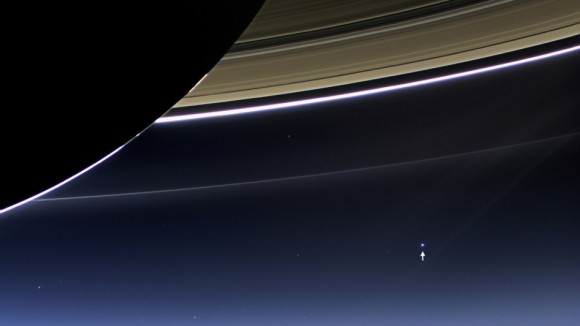
In this rare image taken on July 19, 2013, the wide-angle camera on NASA’s Cassini spacecraft has captured Saturn’s rings and our planet Earth and its moon in the same frame. Image Credit: NASA/JPL-Caltech/Space Science Institute
“Thanks to all of you, near and far, old and young, who joined the Cassini mission in marking the first time inhabitants of Earth had advance notice that our picture was being taken from interplanetary distances,” said Linda Spilker, Cassini project scientist at NASA’s Jet Propulsion Laboratory, Pasadena, Calif, in a statement.
“While Earth is too small in the images Cassini obtained to distinguish any individual human beings, the mission has put together this collage so that we can celebrate all your waving hands, uplifted paws, smiling faces and artwork.”
The Cassini imaging science team is still assembling the hundreds of images of Saturn and Earth snapped by the spacecraft as we were waving, to create individual color composites and a panoramic view of the ‘pale blue dot’ and the entire Saturnian system.
To capture all of Saturn and its wide swath of rings, Cassini’s wide angle camera snapped a mosaic of 33 footprints on July 19, 2013.
“At each footprint, images were taken in different spectral filters for a total of 323 images,” says Carolyn Porco, Cassini Imaging Team leader, Space Science Institute in Boulder, Colo.
Cassini took the pictures of Earth from a distance of about 898 million miles (1.44 billion kilometers) away from the home to every human being that has ever lived.
Here is our partial version of Cassini’s mosaic.

Cassini was launched from Florida in 1997.
It achieved orbit at Saturn in 2004 and has transmitted breathtaking images and science that revolutionized our understanding of the Saturnian system.
The mission is scheduled to continue until 2017 when it will commit a suicide death dive into the humongous gas giant.
Coincidentally, the first humans (Neil Armstrong and Buzz Aldrin) set foot on the Moon 44 years ago nearly to the day of Cassini’s Earth-Moon portrait on July 20, 1969 aboard Apollo 11.
And likewise on July 19, 2013, billionaire space enthusiast Jeff Bezos announced that his dive teams had recovered components of an Apollo 11 first stage F-1 rocket engine from the Saturn V moon rocket that propelled the first humans to the Moon.


